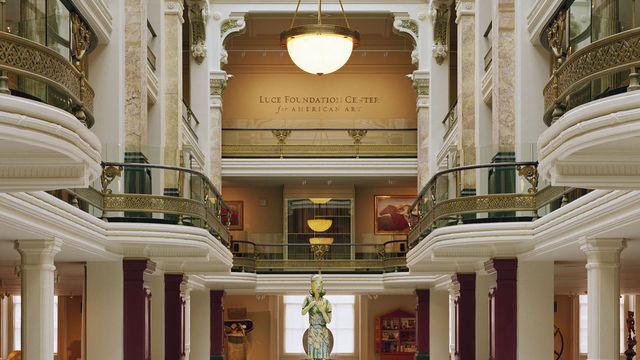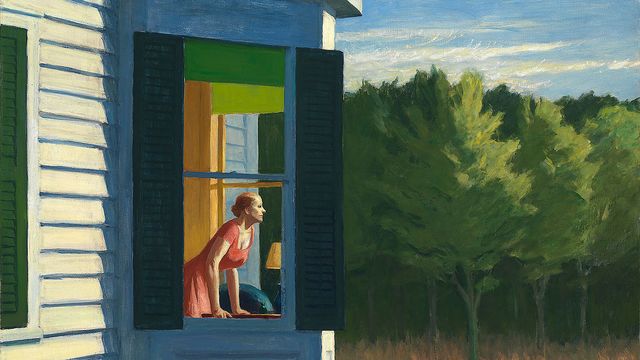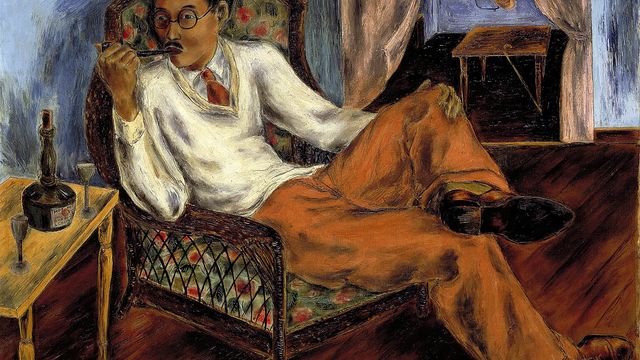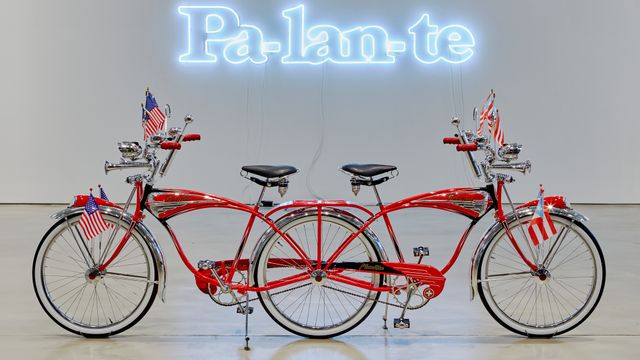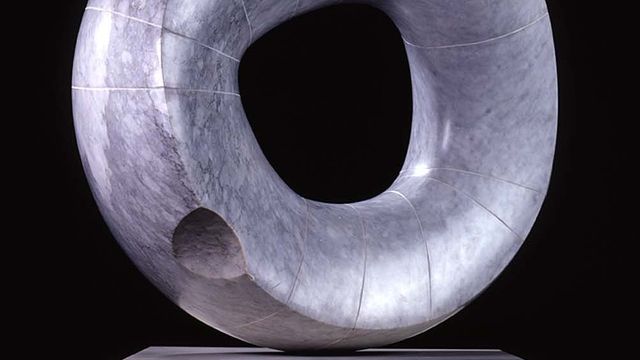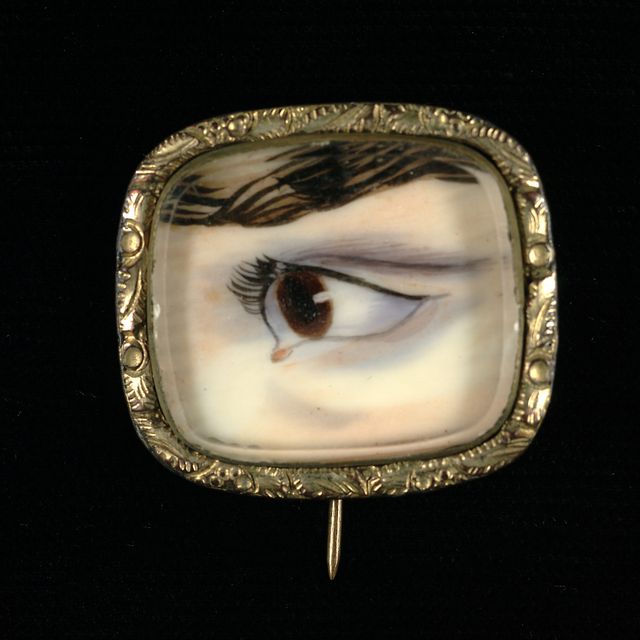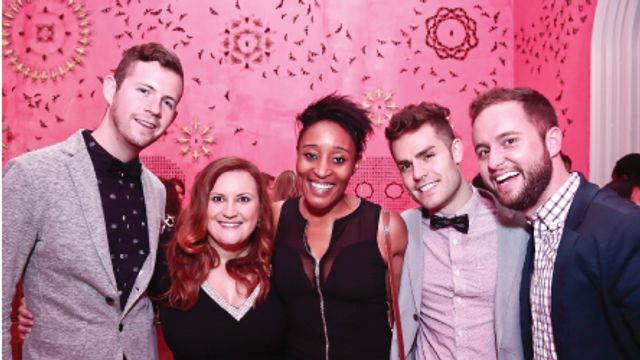Artwork Details
- Title
- Eye
- Artist
- Unidentified
- Date
- ca. 1900
- Location
- Not on view
- Dimensions
- sight 3⁄4 x 3⁄4 in. (1.8 x 1.9 cm) oval
- Credit Line
- Gift of Henry D. Hill
- Mediums
- Mediums Description
- watercolor on ivory
- Subjects
- Figure — fragment — eye
- Object Number
- 1967.110
Artwork Description
Small paintings of eyes first became popular during the late eighteenth century. They reminded wearers of a loved one, whose identity remained a secret. The single eye also symbolized the watchful gaze of a jealous partner, who feared that his or her lover might stray. One of the earliest known eye miniatures was painted in 1786 by the English artist Richard Cosway for the Prince of Wales, later King George IV. The miniature showed the eye of Mrs. Fitzherbert, the prince's mistress. The eye miniatures shown in the Luce Center would have been set in lockets, brooches, rings, or small boxes.

